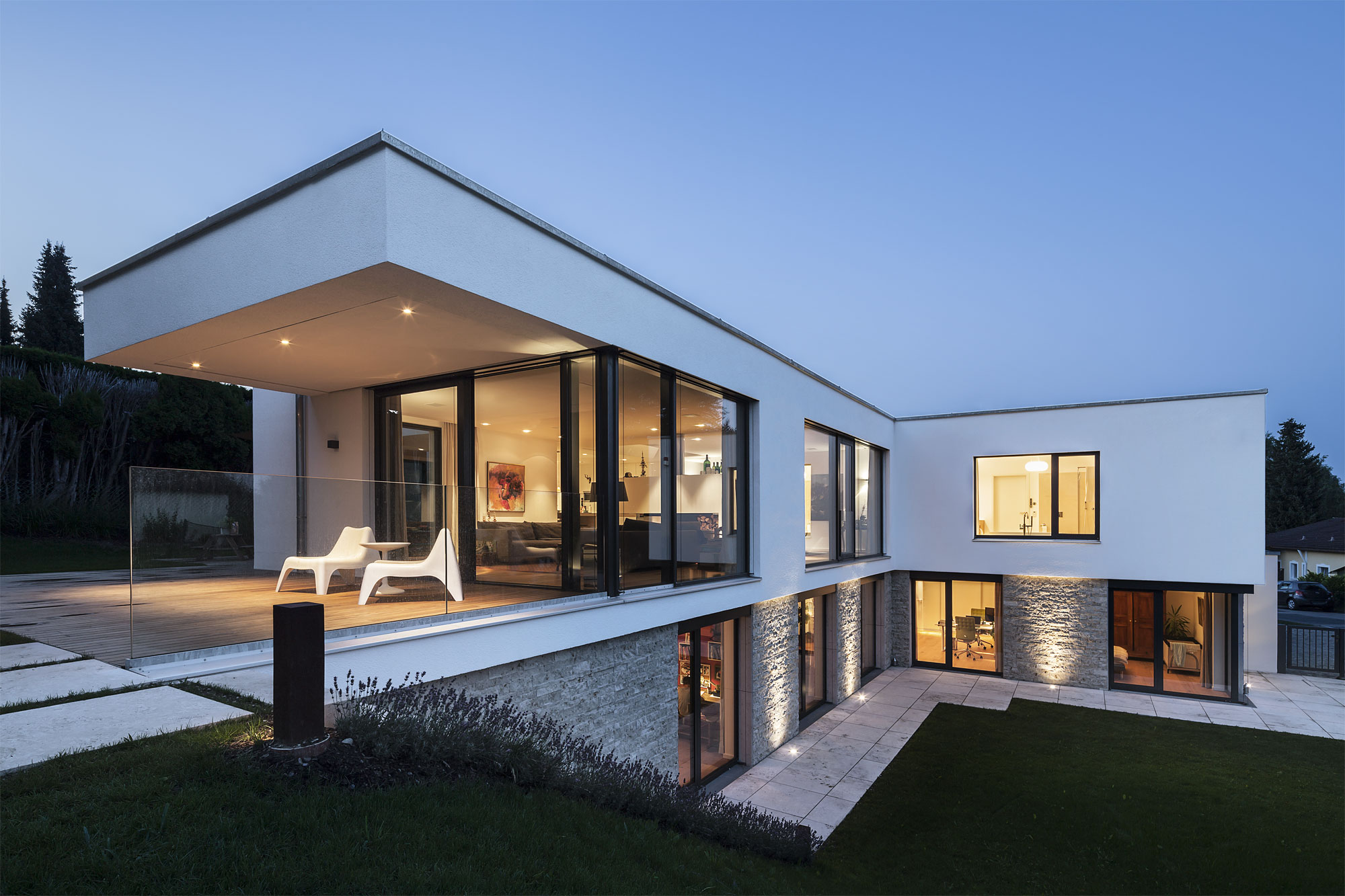Introduction:
Ludhiana, known as the Manchester of India, stands as just one of Punjab’s foremost industrial and professional hubs. With speedy urbanization, the city’s landscape has witnessed profound transformations, presenting both alternatives and troubles for city planners and architects. In this short article, we delve into the intricate dynamics of city planning in Ludhiana, focusing on the architectural lens to dissect the issues faced and suggest sustainable methods.
Historical Context and Up to date Challenges:
Ludhiana’s urban material is a mix of historical legacies and modern day aspirations. The city’s expansion, at first fueled by its industrial prowess, has led to unplanned urban sprawl, congested roads, and inadequate infrastructure. Historic web sites and heritage structures typically coexist with rapidly manufactured structures, presenting a juxtaposition of the aged and the new.
Infrastructure Deficiencies and Mobility:
Just one of the foremost problems confronting Ludhiana is its inadequate infrastructure, especially relating to transportation and mobility. The city’s highway network struggles to cope with the burgeoning inhabitants, primary to targeted traffic congestion and improved air pollution concentrations. Architects and city planners confront the task of planning productive transport devices, integrating pedestrian-pleasant pathways, and marketing sustainable modes of mobility, these types of as cycling lanes and general public transit networks.
Environmental Sustainability:
As Ludhiana grapples with the repercussions of immediate urbanization, environmental sustainability emerges as a urgent concern. Unregulated development procedures, coupled with industrial emissions, contribute to air and h2o pollution, posing wellbeing challenges to people. Architects advocate for eco-helpful making styles, incorporating eco-friendly spaces, rooftop gardens, and rainwater harvesting devices to mitigate environmental degradation and increase the city’s resilience to weather alter.
Preserving get redirected here :
Amidst the urban chaos, Ludhiana’s cultural heritage stands as a testomony to its loaded history and identity. Architects participate in a pivotal job in preserving and revitalizing heritage buildings, utilizing adaptive reuse procedures to completely transform old properties into functional spaces although retaining their historic integrity. Collaborations in between architects, conservationists, and regional communities are critical in safeguarding Ludhiana’s architectural heritage for long term generations.
Inexpensive Housing and Inclusive Development:
The burgeoning population in Ludhiana has exacerbated the demand from customers for very affordable housing, posing a major obstacle for urban planners and architects. Slum proliferation and casual settlements underscore the will need for inclusive enhancement tactics that prioritize equitable access to housing and fundamental facilities. Architects advocate for progressive housing answers, this kind of as micro-housing models, modular development methods, and participatory design approaches to address the various demands of Ludhiana’s populace.
Collaborative Organizing and Governance:
Helpful city planning in Ludhiana necessitates collaborative endeavours between govt agencies, personal stakeholders, and neighborhood associates. Architects advocate for participatory preparing processes that engage citizens in decision-building, fostering a sense of possession and accountability toward the city’s growth. Clear governance mechanisms and regulatory frameworks are critical to assure sustainable urban growth and equitable distribution of sources.
Technological Integration and Smart Towns:
In an period described by technological enhancements, architects harness the electricity of digital applications and sensible technologies to enhance city setting up and structure interventions. Ludhiana’s changeover toward a good town involves the integration of digital infrastructure, IoT-enabled alternatives, and details-pushed determination-generating procedures. Architects leverage parametric structure procedures, GIS mapping, and digital reality simulations to visualize and apply foreseeable future-evidence city developments that increase livability and sustainability.
Summary:
Urban arranging in Ludhiana presents a myriad of worries that demand progressive architectural options and collaborative governance frameworks. From addressing infrastructure deficiencies to preserving cultural heritage and endorsing inclusive improvement, architects participate in a pivotal position in shaping the city’s urban landscape. By embracing sustainability, cultural preservation, and technological innovation, Ludhiana can chart a route towards a additional resilient and livable urban future.

